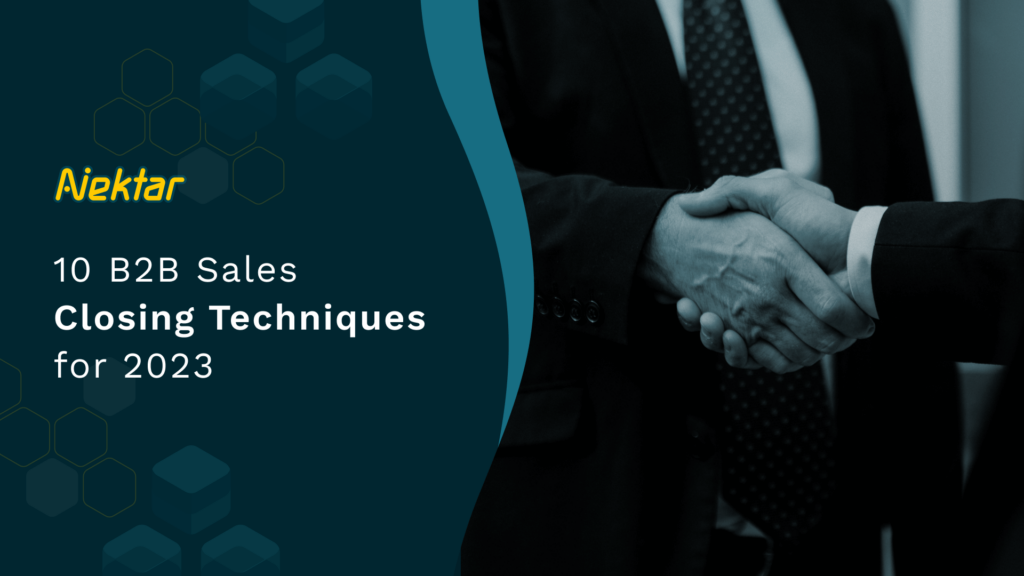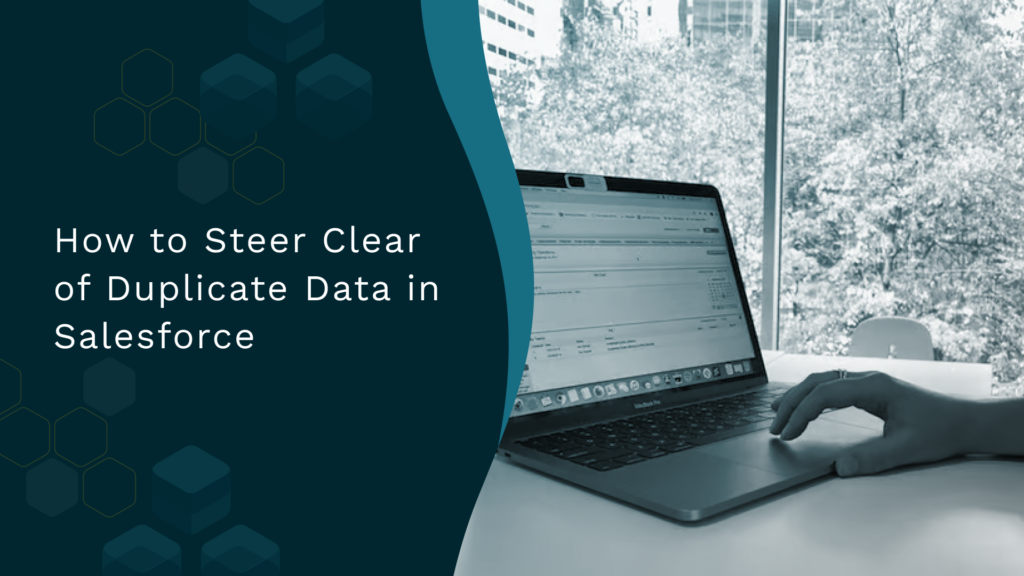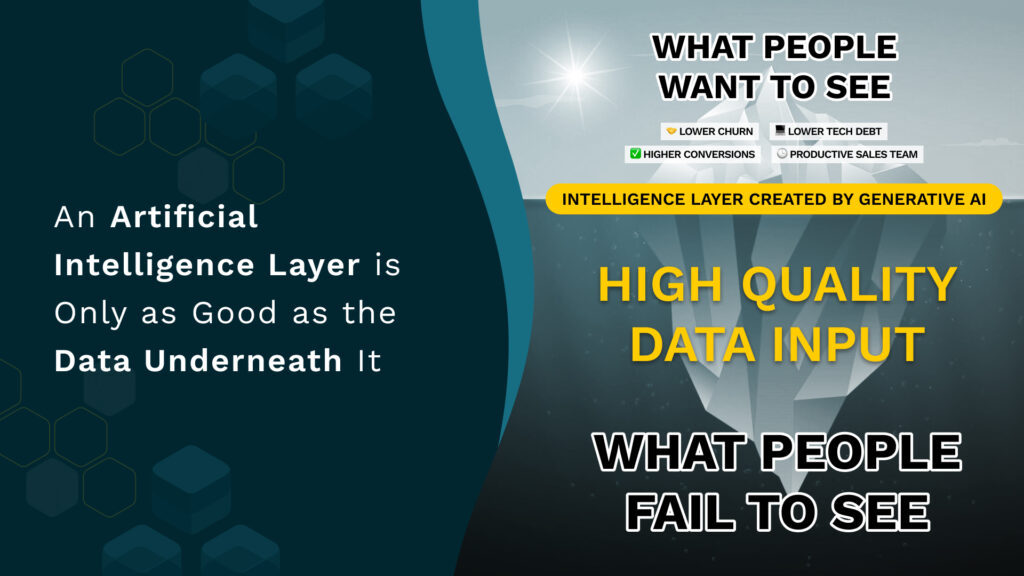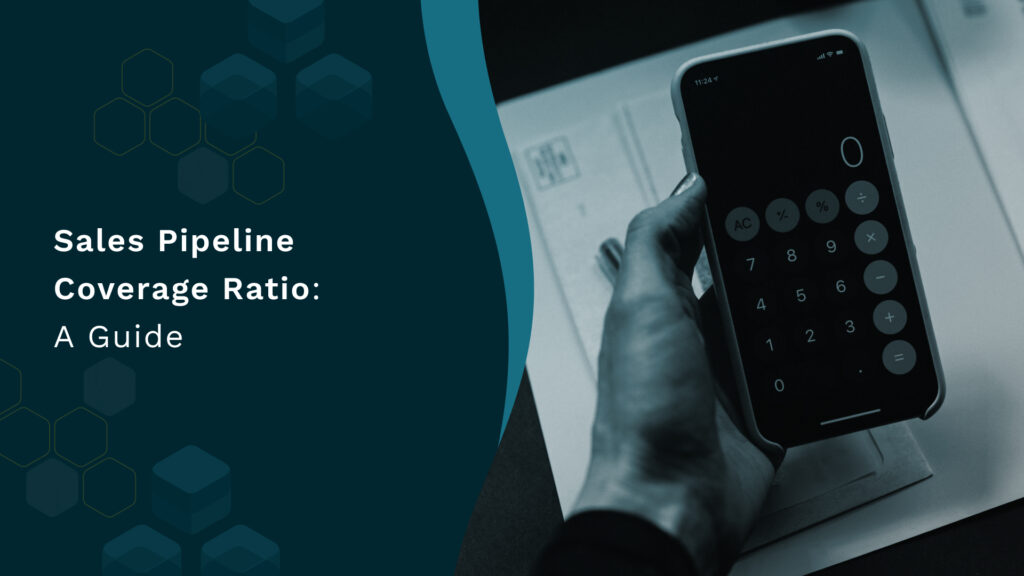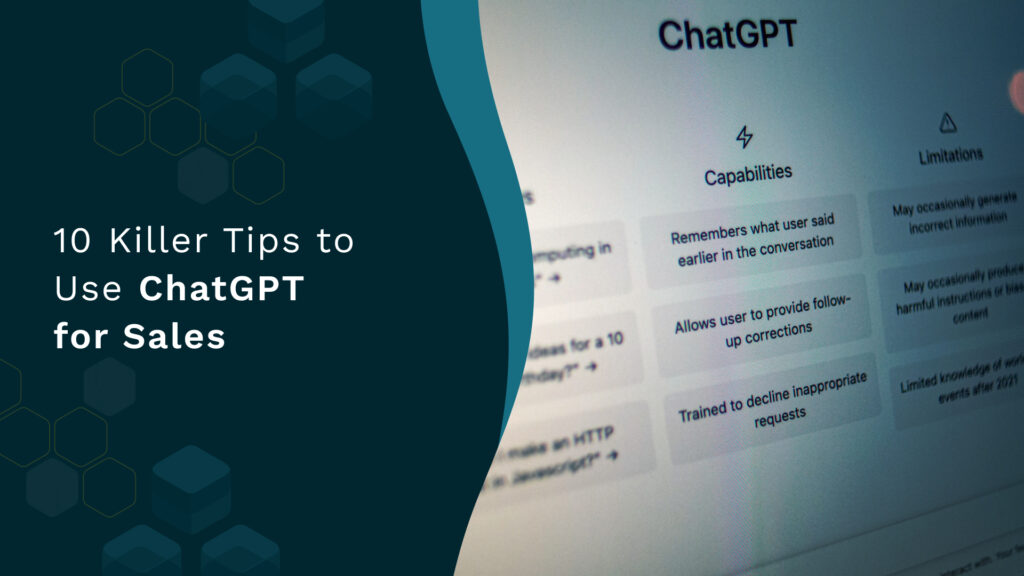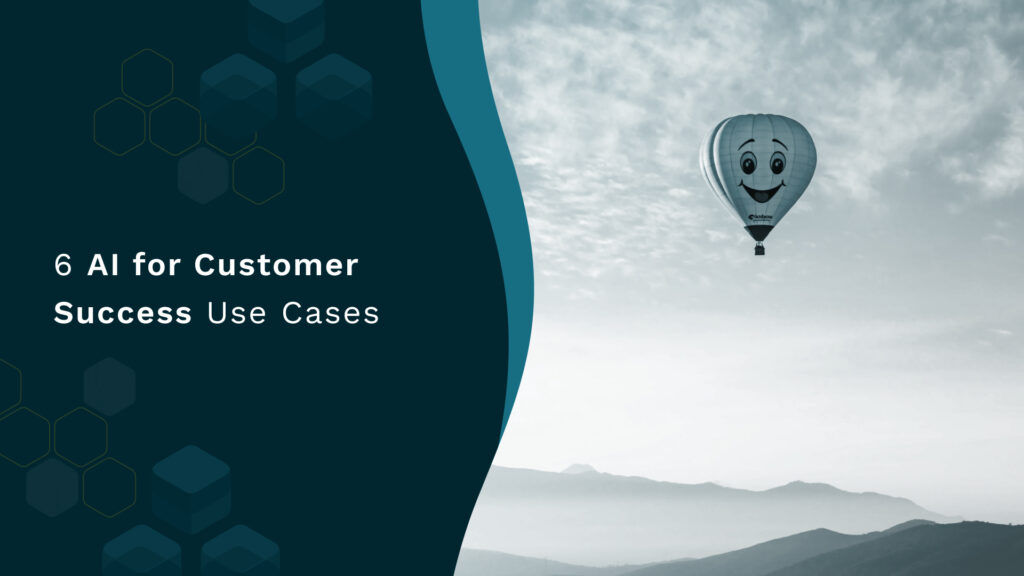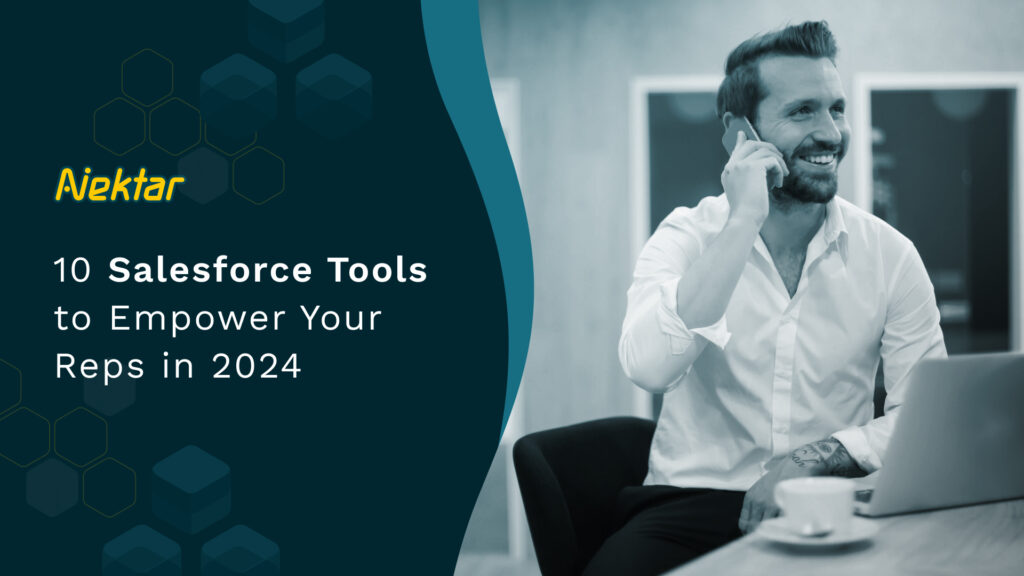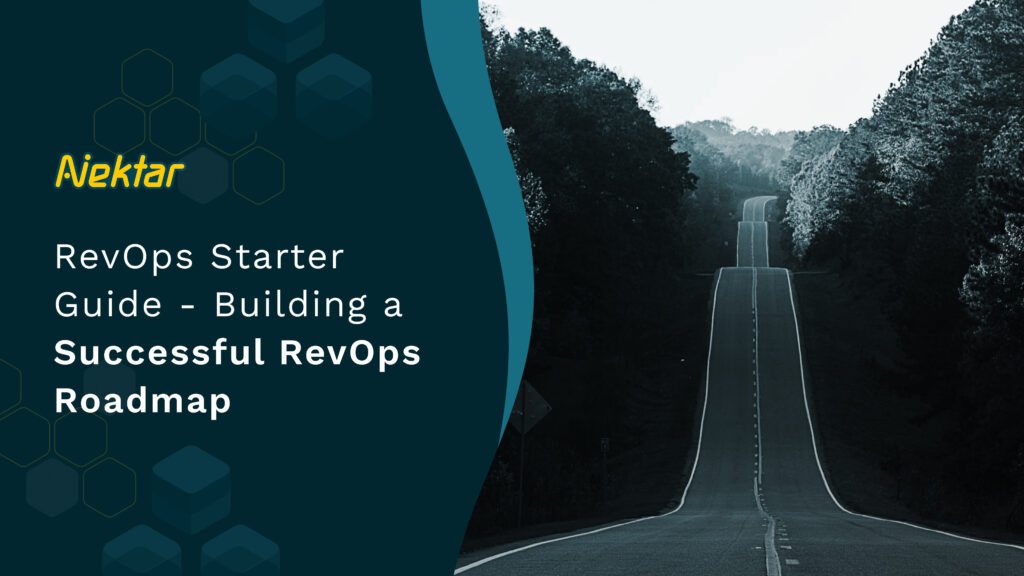10 B2B Sales Closing Techniques for 2025
10 B2B Sales Closing Techniques for 2025 RevOps 10 min “How hard can you push a client to close a deal?” Sales leaders get asked this question a lot. “Why push at all?” some might answer. If you have clarified the value they’ll get out of your product, they would want to sign up. But you have to be tactical about it. Sometimes customers don’t want to commit until next week, next quarter, and so on. And that’s where sales closing techniques come in. What are Sales Closing Techniques and Why Do They Matter in B2B? For the best sales reps, selling is an exact science. They use tried and tested strategies to: Understand what makes people buy Appeal to those factors to close sales The strategies are based on months of researching accounts, studying the market, and decoding buyer behavior. But let’s face the facts. Selling B2B is not easy. Remote sales even less so. B2B deals have many layers to them – multiple buyers, pain points, sign-offs, etc. Priorities can change overnight. People may tell you they don’t have the budget after months of follow-up. Effective B2B sales closing techniques can give reps a fighting chance. And help the team speed up sales. So, here’s our list of 10 B2B Sales Closing Techniques for 2024: 1. Always ask about their goals for the product For VPs and CEOs, buying decisions are black or white. Your product either meets their needs or it doesn’t. So, think about what they want from the product. Don’t hesitate to ask if you aren’t sure. And tie your product solutions to them. This will help you contextually explain your value proposition. To do this: Look beyond the sales script and ICP data. Put people first. Ask your own leadership team about the current market outlook Look up case studies or ask your LinkedIn contacts about problems that CEOs obsess about. You might have already talked to their team members before getting into a meeting with the CEO. But always ask them about their biggest goals for the year. Hear out their perspective and use the same words they use to describe the problem. Then position your product as the answer. 2. Don’t engage in discount-based selling Asking about their goals can be a great way to qualify them. They’ll tell you what they’re spending money on. You’ll likely be able to tell how likely they are to buy. Ask them, “How important is XX goal to you?” Or “By when does this initiative need to be completed? Explain how your product can help them achieve it. You might find some don’t have objective criteria for evaluating a product. Rare but not unheard of. Some buyers might change their buying criteria to match changing business needs. And it might all come down to the pricing. They may tell you that they’re considering other alternatives. If so, list all the core benefits plus any additional support or consulting you offer. Be sure to highlight the impact – both good and bad. If they push for a discount, try to start at a higher price point. But never offer one upfront. 3. Competitor comparisons can be an opportunity – use them well. You have to dig deep when clients bring up competitors. It could be a renewal or a fresh proposal. You know how good your product is relative to the competition. You have provided quantifiable data and testimonials to build your case. Now it’s time to take it up a notch. Ask, “On a scale of 1-10, how well is Product XX working for you? Listen closely to what they say. There could be areas of concern you can capitalize on. If yes, ask “What would need to happen for it to be a 10?” Use the clients’ own words to describe the problem and segue to how your product solves them. Confirm they understand by asking: “Can you see how our product solves this problem? “Would rate us higher on this metric?” Discuss any other concerns that might come up. 4. Lead with a Mutual Action Plan (MAP) A MAP literally ‘maps’ out who needs to do what to close the deal. It can help set clear expectations for all involved. This approach reduces risk for the buyer too. But be sure to highlight three things: The estimated timeframe for closing the deal What it’s going to cost – both to you and them. (due diligence, contracts, compliance) The number of people will be involved on either side. Slip it in that it will take 3X to 4X the time with other vendors they may be considering. This is a surefire way to know if they’re ready to move forward with you. Either way, email them a summary of the discussion and ask them to confirm. This will help you build credibility with the client even if they don’t close. 5. Use ‘the word ‘we’, not ‘you’ You may have been given plenty of advice on how to build rapport. Pace and match the client Find common experiences But there’s something much simpler you can do to get the same results- replace ‘you’ with ‘we’. Say it enough times and you’ll collapse the barrier between buyer and seller. It makes clients think you’re on their side. “We’re both interested in helping you reach XX goal. I’ll do what I can to get you what you want.” 6. Get them to do the Yes Set A Yes Set is a series of 3 yeses you want the client to give you. You ask 3 questions that have obvious ‘yes’ answers, conditioning the client to agree when you finally ask them the big question. 7. Be assumptive when asking them to close This is quite similar to the yes technique. It involves the use of language that implies that the deal is done. For example, “Do you want to sign up for our Starter Plan or Enterprise Plan?” A word of caution: use it only when you think the prospect is ready to buy.
